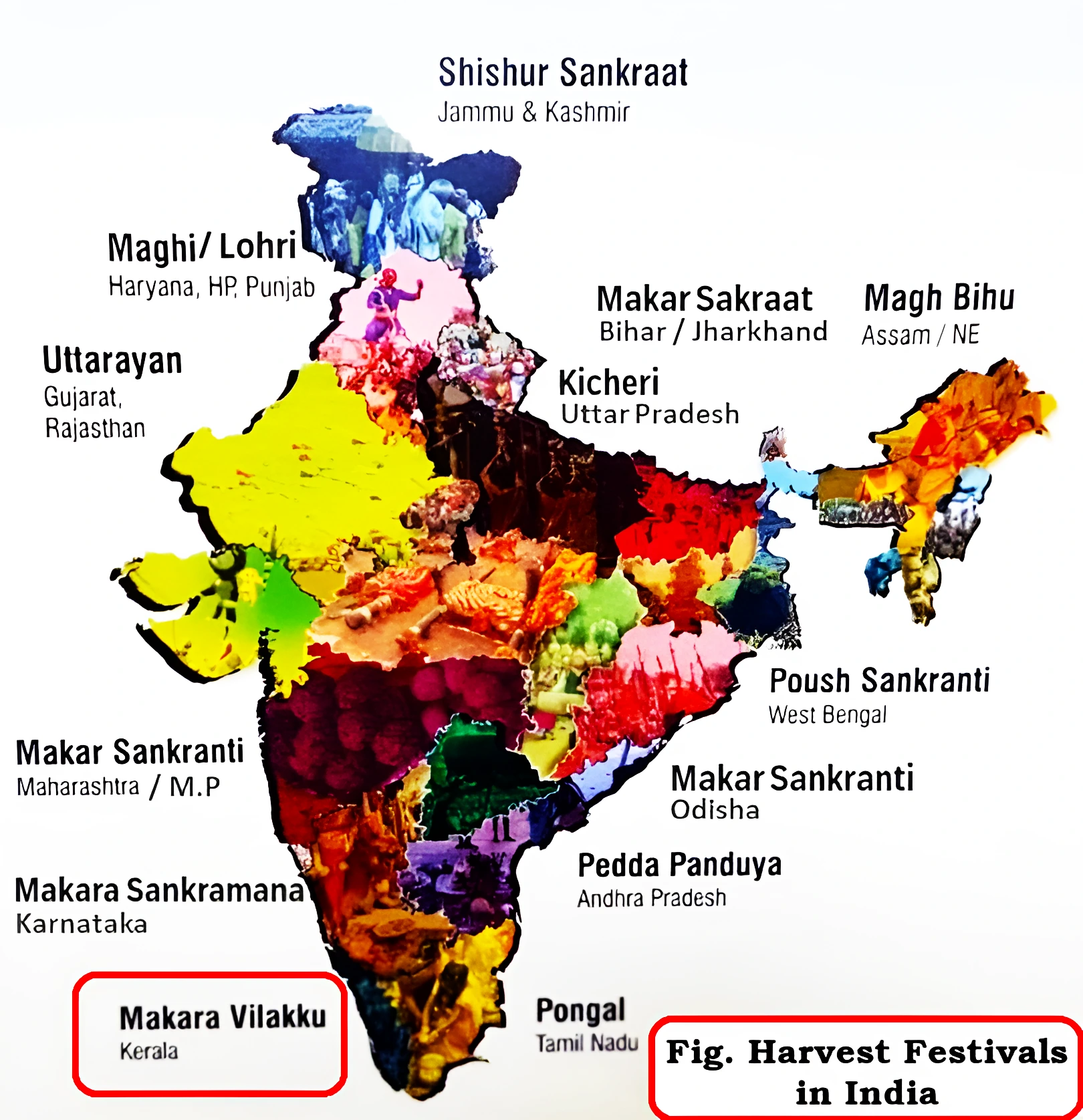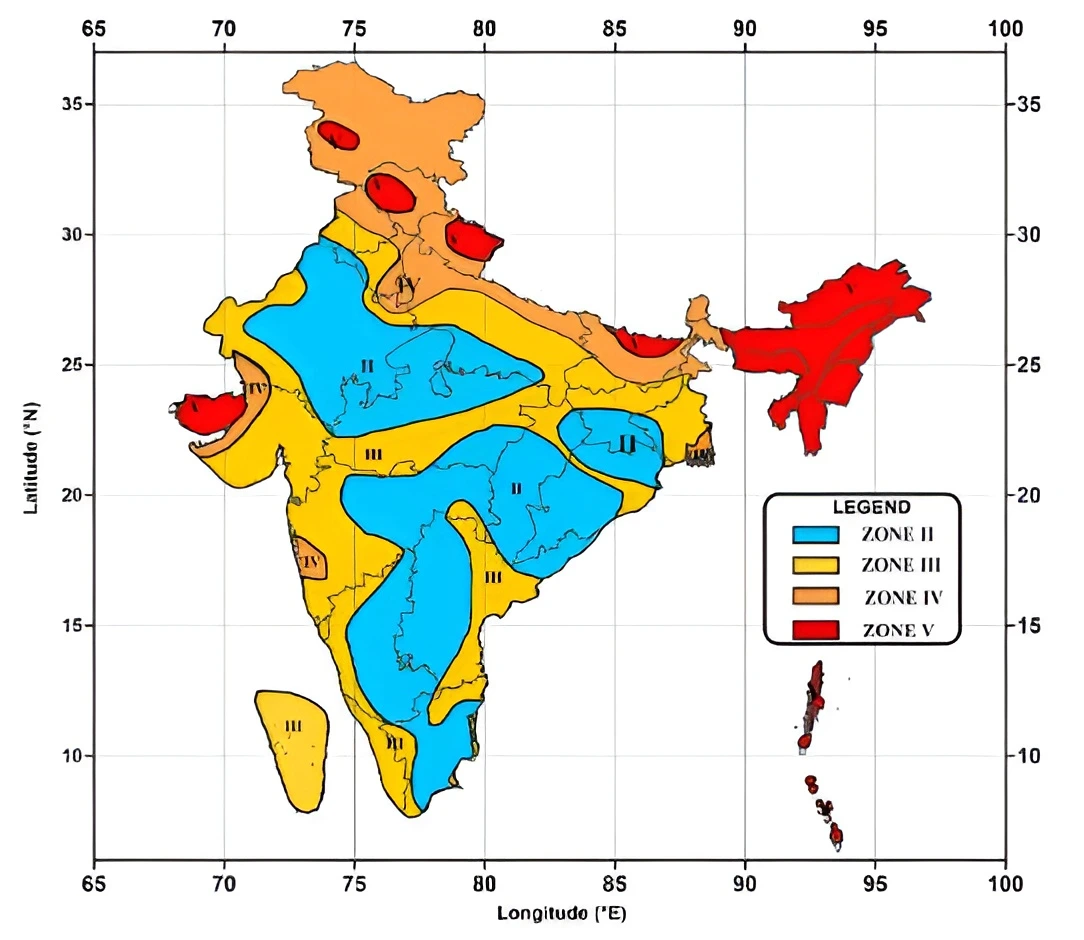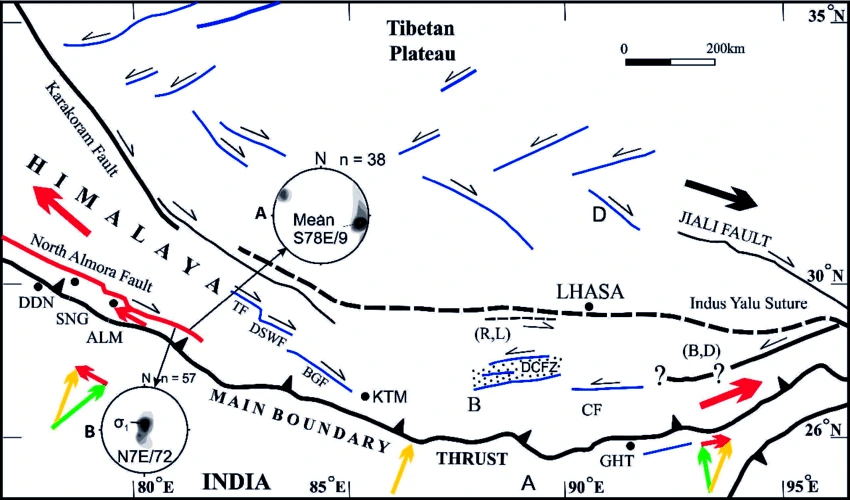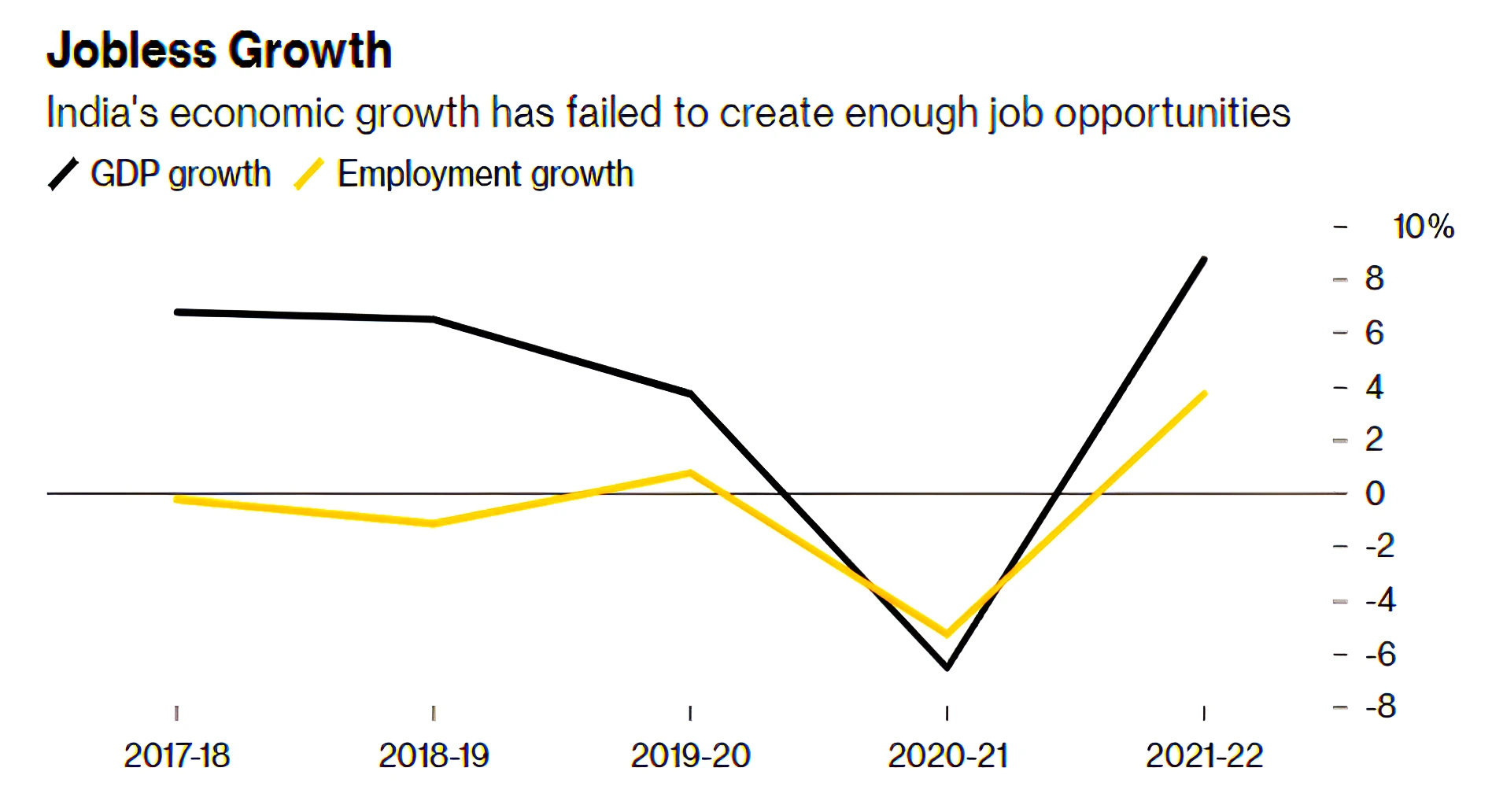Context: The Rajya Sabha on 12th December, 2023 passed the bill to regulate the appointment conditions of the chief election commissioner and other election commissioners.
The Chief Election Commissioner and Other Election Commissioners (Appointment, Conditions of Service and Term of Office) Bill, 2023, introduces significant changes to the appointment and service conditions of the Chief Election Commissioner (CEC) and other Election Commissioners (ECs) in India.
For further Information: Appointment of CEC and EC
Source: Economic Times
Context: Recently, the Food and Agriculture Organization (FAO) released a report titled “Asia and the Pacific – Regional Overview of Food Security and Nutrition 2023: Statistics and Trend”.
About Food and Agriculture Organisation (FAO)
|
|---|
Finding With Respect to Asia-Pacific:
Reasons for Increase in Unaffordability:
|
|---|
Must Read: World Food India 2023
According to the Food and Agriculture Organization (FAO), a healthy diet is one that meets the nutritional needs of individuals at different stages of life and promotes overall health. It must be:
What Constitutes a healthy diet according to WHO?
|
|---|
For Further Information: GHI 2023
Source: The Hindu
Context: Researchers at Berhampur University, Odisha have discovered a new species of marine amphipod which is a shrimp-like crustacean of genus Demaorchestia in the Odisha state’s Chilika lake.

About Amphipods
About Chilika Lake:
|
|---|
News Source: Down to Earth
Context: In a recent report, the Financial Stability Board (FSB) has highlighted the gaps in multi-function crypto asset intermediaries (MCI) operating globally.
| FTX Collapse: The US Firm FTX filed for bankruptcy last year. The Securities and Exchange Commission (SEC) in the USA charged FTX for defrauding customers and observed that the company had concealed information from the investors. |
|---|
Also Read: RBI Starts Pilot Programme For Wholesale Digital Rupee
Source: FSB
Context: The Ministry of Environment, Forests and Climate Change has launched the Indian Forest and Wood Certification Scheme.
Tree outside Forest (TOF)
|
|---|
What is Forest Certification?
|
|---|
Source: PIB
Context: The annual meeting of Global Partnership on Artificial Intelligence (GPAI) Summit commenced in New Delhi in Bharat Mandapam on 12th December, which will last till 14th December.
Learn more about GPAI Summit 2023, here.
Must Read: Global AI Summit London 2023
For Further Information: Global AI Summit
Source: The Hindu
Context: India votes in favor of the demand of an immediate humanitarian ceasefire in the Israel-Hamas conflict in a draft resolution introduced at the UN General Assembly.
The resolution on ceasefire in Gaza was adopted with 153 votes in favor, while 23 nations abstained and 10 voted against the text.
About United Nations General Assembly (UNGA)
|
|---|
For More Information on: Israel-Hamas Conflict
News source: Economic Times
Context: Existence of a stationary element in the dynamics of Indian monsoon since 1901-2019, where the synchronized extreme rainfall events occur and are restricted to a corridor, finds a new study.
About Indian Monsoon
Inter Tropical Convergence Zone: It is a belt of low pressure zone which circles the Earth generally near the equator where the trade winds of the Northern and Southern Hemispheres come together. Learn more about ‘Onset’ Of The Monsoon, here. |
|---|
News source: The Hindu
Context: The Global River Cities Alliance (GRCA), led by the National Mission for Clean Ganga (NMCG) under the Ministry of Jal Shakti, was launched at COP28, the United Nations Climate Change Conference in Dubai.
About National Mission on Clean Ganga (NMCG)
|
|---|
Must Read: COP28 Climate Summit in Dubai: Key Highlights, Themes, and India’s Role
About River Cities Alliance
|
|---|
News Source: PIB
Context: A project for Sabarimala pilgrims during the Makaravilakku festival was recognised among the top interventions from across the country for improving road safety.
Sabarimala Temple Verdict
|
|---|

News Source: Hindu
Context: At the ongoing COP28 climate summit, the reduction of greenhouse gas emissions by phasing out ‘unabated’ fossil fuels has become a central focus.
For More Information on: Carbon Capture and Storage (CCS) technologies
News Source: Indian Express
Context: This article is based on the news “Have earthquakes really increased in India due to activation of Almora Fault?” which was published in the Down to Earth. As per recent news report, there has been an increase in the number of earthquakes between January to November, 2023 compared to the last three years.
About Almora Fault Line: The Almora Fault line is a high angle west-northwest-east-southeast to northwest-southeast trending tectonic plane.
What is an Active Fault?
|
|---|
| Thrust: A thrust fault is a break in the Earth’s crust.
Thrusts in Uttarakhand:
Internal Structure of Earth
|
|---|

Reasons for Current Increase in Earthquakes
|
|---|

|
|---|
Also Read: Interconnected Disaster Risks Report 2023
Must Read: Disaster Management In India
The surge in earthquakes in 2023 in India is incorrectly attributed to the Almora Fault line, as geologists point to the Main Himalayan Thrust (MBT) as the actual cause, highlighting the ongoing seismic risk in the Himalayan region.
| Mains Question: Discuss the progress made by India in implementing the Sendai Framework for Disaster Risk Reduction and the challenges faced in achieving its targets. (250 words, 15 Marks) |
|---|
Context: This article is based on the news “Women are losing out to men in India’s jobless growth” which was published in the Live Mint. According to quarterly Periodic Labour Force Survey (PLFS) data, the share of women in regular salaried jobs in urban India dropped from 54% in the first quarter to 52.8% in the second quarter in 2023.
| Relevancy for Prelims: Jobless Growth, Periodic Labour Force Survey, International Labour Organisation, Mission Shakti (Sambal and Samarthya components), and National Rural Livelihood Mission (DAY-NRLM).
Relevancy for Mains: Women in India’s Jobless Growth, Factors responsible for low share of women in jobs, and What steps has the government has taken to increase the female labour force participation rate? |
|---|
Know more about the Periodic Labour Force Survey (PLFS) Annual Report 2022, here.
Salaried Work Over Casual Work
|
|---|
Must Read: Women Participation in Workforce and India’s Economic Growth

Factors Responsible for Jobless Growth in India
|
|---|
Also Read: Gender Parity At Workplace
Addressing the multifaceted challenges faced by women in India’s job market requires a comprehensive approach, including policy reforms, targeted initiatives, and societal mindset shifts, to ensure inclusive economic growth and bridge the gender workforce gap.
<div class="new-fform">
</div>